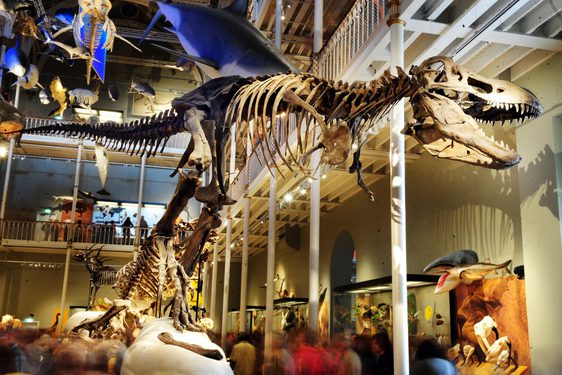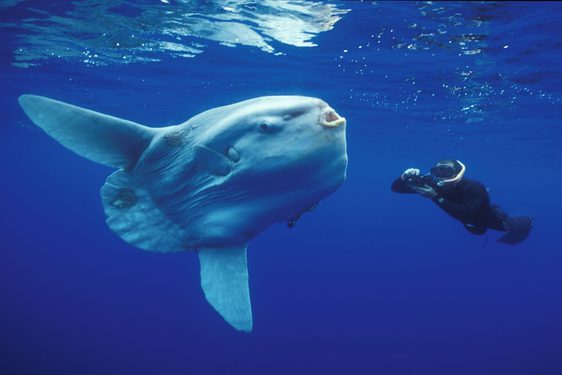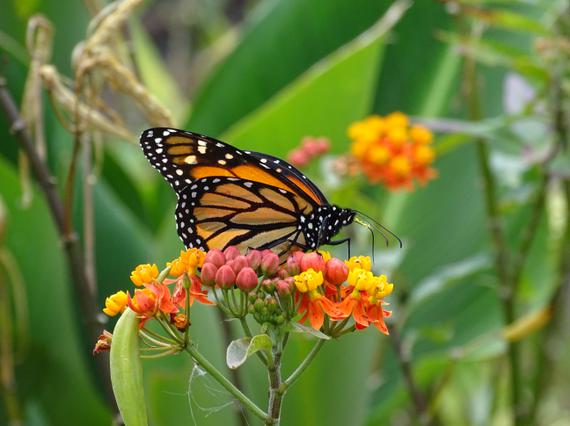
The incredible migration of the Monarch Butterfly
News Story
The migration of Monarch butterflies in North America is one of the greatest natural phenomena in the world. It is unusual to see this butterfly in Britain, which makes it our rarest migrant butterfly.
Monarch migration
Every autumn millions of Monarch butterflies (scientific name Danaus plexippus) migrate 3,000 miles. Starting at their breeding grounds in the north east of North America, they travel to forests of southwestern Mexico to spend the winter. Each migration is by a new generation, so they cannot learn from others. Instead, they rely on their genes. Their antennae have a genetic clock that tells them when to migrate. To navigate, they measure the sun's position on the horizon with their eyes.
The autumn migration of Monarch butterflies is completed by just one super generation. These butterflies can fly and live eight times longer than regular Monarch butterflies. When spring arrives, these Monarchs reproduce. Their offspring then complete their journey back to their summer breeding grounds.
Monarch butterflies must migrate because they cannot survive long cold northern winters. When they arrive in Mexico they huddle together on Oyamel fir trees. Each tree may be blanketed in tens of thousands of 'roosting' butterflies. They hang almost motionless in semi-dormancy, surviving the winter on their stored energy.
Conservation in action
Millions of Monarch butterflies migrate each year, but their numbers are dwindling. To protect them, the El Rosario Monarch Butterfly Reserve in Mexico was designated a UNESCO World Heritage site in 2008. The concentration of overwintering butterflies there was deemed "a superlative natural phenomenon". Despite these efforts, the number of Monarchs are still declining. During the winter of 2019-2020 the Monarchs occupied just 2.83 hectares of the Mexican forest. Compared to 6.05 hectares the previous winter, that's a significant loss.
Climate change, pesticide use, and habitat loss, all threaten their populations. To add to this, defending the roosting sites from illegal logging is very dangerous work. Two butterfly activists were killed in 2020 while trying to protect this forest.
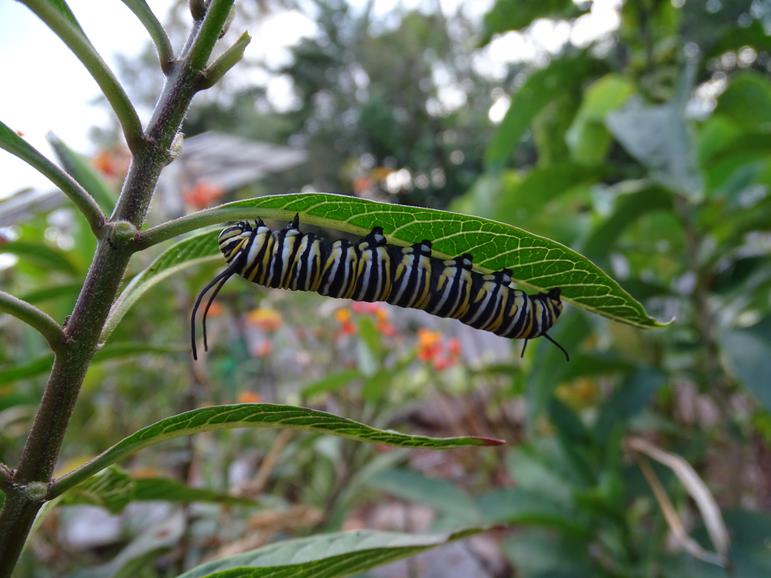
Organisations like the Xerces Society are working with farmers, communities, and roadside managers across North America to restore and manage the natural environment for Monarchs.
In parts of North America, hundreds of volunteers have been tagging the butterflies. The tags are little stickers that track the butterflies' movement. This has helped scientists learn more about their routes, as well as the time and pace of the migration.
Planting native milkweeds has also helped conservation efforts. Native milkweed is a plant that Monarch caterpillars feed on which is toxic to most animals. They have evolved to tolerate milkweed and use it to their advantage. They store the toxins in their bodies which makes them poisonous to predators. This alongside simple acts like not using garden pesticides can help preserve the Monarch populations.
International support and local action is needed to ensure this incredible migration continues.
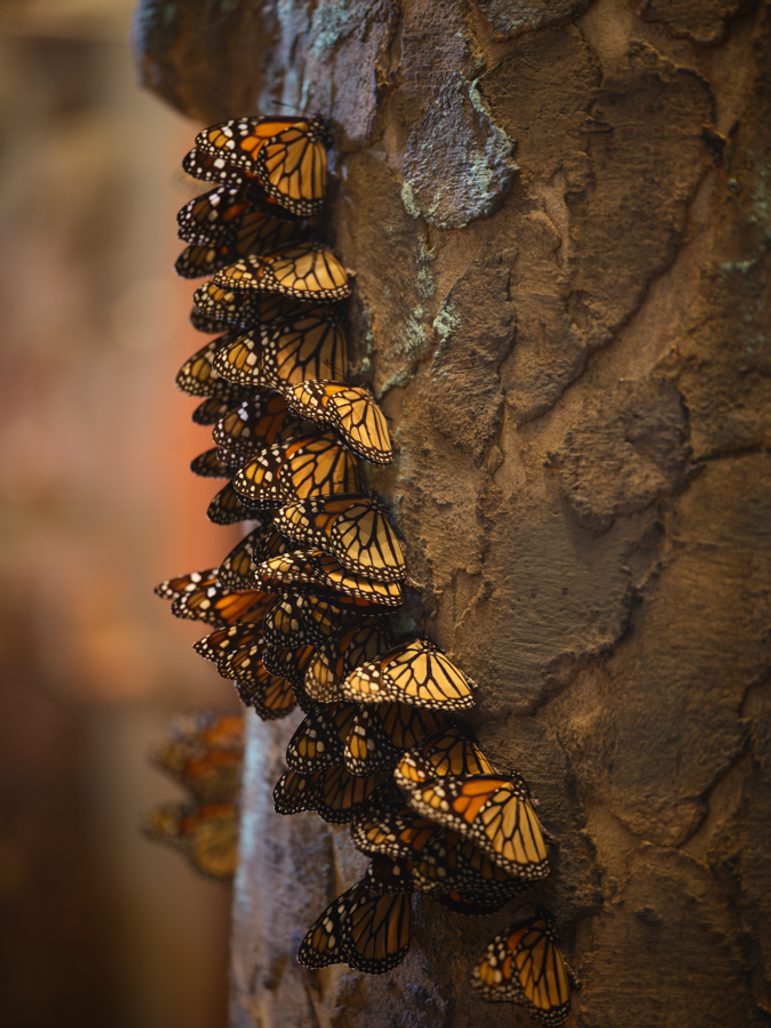
You can find out more about the migration of the Monarch butterflies (museum reference Z.1899.52.1178) in a display in Animal Senses at the National Museum of Scotland.
